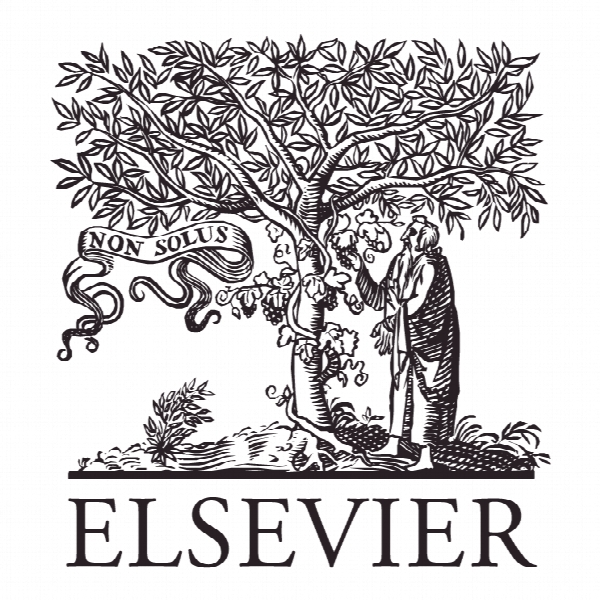اثرات آمیخته بازاریابی تست خرده فروشی در حمایت: یک متاآنالیز Testing Retail Marketing-Mix Effects on Patronage: A Meta-Analysis
- نوع فایل : کتاب
- زبان : انگلیسی
- ناشر : Elsevier
- چاپ و سال / کشور: 2018
توضیحات
رشته های مرتبط مدیریت
گرایش های مرتبط بازاریابی
مجله خرده فروشی – Journal of Retailing
دانشگاه Director of the Aston Centre for Retail Insights (ACRI) – Aston University – UK
منتشر شده در نشریه الزویر
کلمات کلیدی انگلیسی Retail marketing-mix instruments; Retail patronage; Shopper behavior; Country differences; Meta-analysis
گرایش های مرتبط بازاریابی
مجله خرده فروشی – Journal of Retailing
دانشگاه Director of the Aston Centre for Retail Insights (ACRI) – Aston University – UK
منتشر شده در نشریه الزویر
کلمات کلیدی انگلیسی Retail marketing-mix instruments; Retail patronage; Shopper behavior; Country differences; Meta-analysis
Description
The phenomenon of retail patronage has received significant attention in the retailing literature (Pan and Zinkhan 2006). Establishing and maintaining a close relationship with customers to convert them into “patrons” still represents a key strategic aim of many firms, as doing so leads to sustainable sales and profits and, thereby, return on investments (Hogreve et al. 2017). A substantial body of research has investigated the various factors that may affect shoppers’ store patronage (e.g., store atmosphere, location) and specifically examined the influence of these factors on store satisfaction, word of mouth (WOM), and patronage intention and behavior. Many of these factors are part of retailers’ marketing-mix instruments. The marketing-mix represents a set of coordinated tactical instrumentsthat reflect managerially controllable decision parameters aimed to establish and sustain retail patronage and influence the short- and long-term performance of retail organizations in terms of sales, profits, and return on investment (Berman and Evans 2010; Hogreve et al. 2017). Understanding the effectiveness of different instruments on retail patronage helps explain why customers shop where they do. Despite its long tradition, literature on retail marketing instruments is fragmented, and empirical findings on various instruments are often inconsistent between studies, making it difficult to offer retail managers concrete guidance on when to employ the different instruments in what contexts (Pan and Zinkhan 2006). The meta-analysis we present herein addresses this issue by synthesizing empirical findings from 350 independent samples and more than 239,000 shoppers, reporting 14,895 effect sizes between mix instruments and retail patronage. In doing so, this research addresses two issues in particular. First, the study shows that most research examines the influence of seven groups of marketing instruments on retail patronage: man agement of products(e.g., product range),services(e.g., parking conditions), brands (e.g., branded products), prices (e.g., perceived value), incentives (e.g., discounts), communication (e.g., advertising), and distribution (e.g., proximity to home)(Chernev 2014). While some studies find an effect for a specific instrument, other studies report no effect for the same instrument. For example, Lumpkin and Burnett (1991) find that low-price offerings are non-significant, while Thelen and Woodside (1997) find a positive effect. To clarify the effectiveness of different instruments, this meta-study summarizes empiricalresearch by testing the impact of 24 marketing-mix instruments on retail patronage. Integrating and testing these instruments in one framework allows us to (1) compare the instruments’ relative influence on retail patronage,(2) assess potential direct and indirect effects on patronage by considering mediating effects, and (3) control for potential confounding effects not considered in studies examining only a limited number of instruments. Such a comprehensive consideration of marketing-mix instruments was postulated in early studies in the marketing discipline and grounded in the idea that the application of instruments needs to be coordinated owing to their interdependencies(Chernev 2014). A better understanding of the relative importance of different instruments should help managers allocate their financial resources more successfully across instruments. For example, Walmart spends US$2.9 billion on advertising every year, thus implying the importance of understanding the patronage effects of this instrument (Statista 2017).


